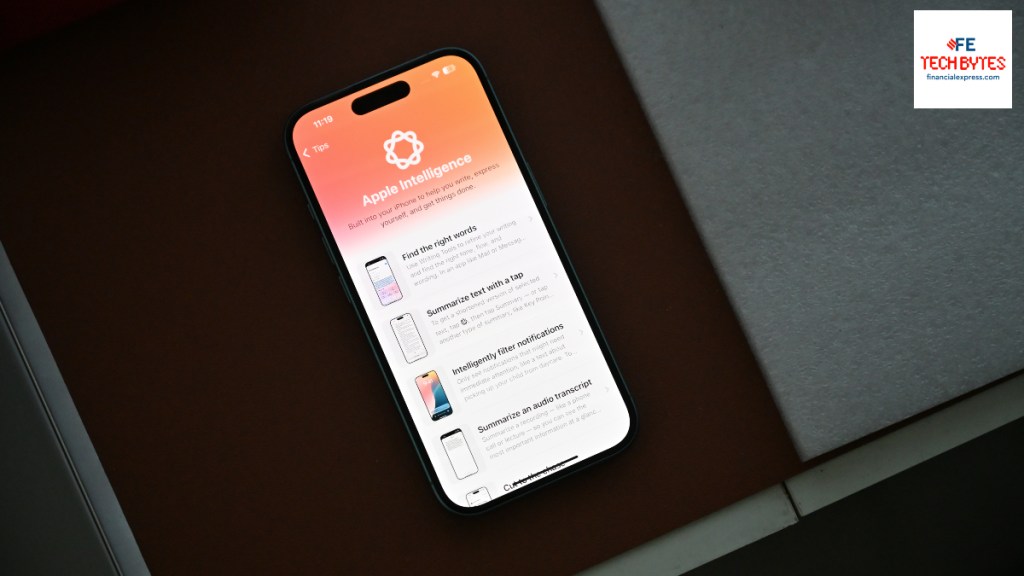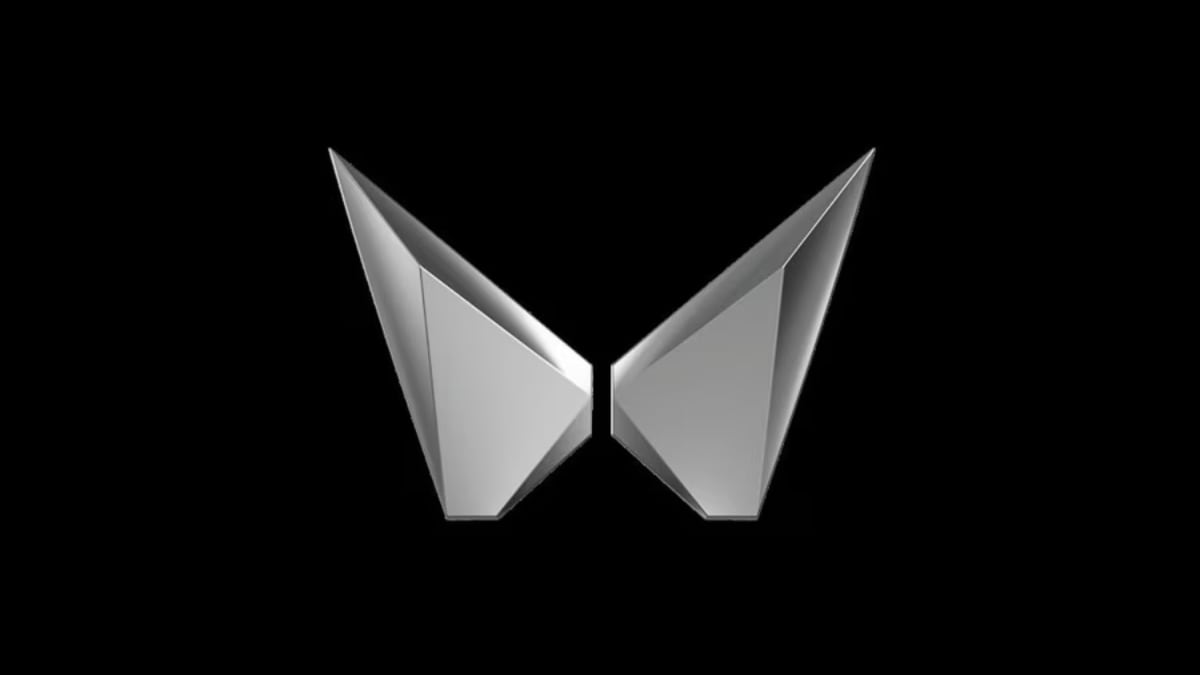The upcoming iPhone 17 series, expected to launch in 2025, will not feature a smaller version of the Dynamic Island, according to Apple analyst Ming-Chi Kuo. Kuo’s statement counters previous rumors suggesting a potential design overhaul for the iPhone 17 models, including a more compact cutout for the Dynamic Island.
Kuo has revealed that he anticipates the Dynamic Island size will remain largely unchanged across the iPhone 17 lineup. This contradicts earlier reports, including those from analyst Jeff Pu, who had suggested that the iPhone 17 Pro would incorporate a “metalens” for Face ID. Such a design shift was expected to reduce the size of the Dynamic Island and provide users with more screen space. However, Kuo’s confirmation that this won’t happen suggests that Apple’s next iPhone iteration might retain the same form factor as the previous models in terms of the notch area.
Other rumours surrounding iPhone 17 models
Although the Dynamic Island design seems stable, the iPhone 17 series is expected to bring several exciting changes, particularly with the introduction of the new iPhone 17 Air. This variant, is said to be thinner than current iPhones, and may feature a display size of around 6.6 inches, placing it between the iPhone 17 Pro and the iPhone 17 Pro Max.
The iPhone 17 lineup, which will include four models – iPhone 17, iPhone 17 Pro, iPhone 17 Pro Max, and the new iPhone 17 Slim or Air – marks a departure from the iPhone 17 Plus, which will be eliminated due to subpar sales in previous generations.
In terms of physical design, the iPhone 17 Air is expected to be about 6mm thick. Rumours have also suggested the iPhone 17 Air will feature a centered rear camera bump, likely in a larger, more prominent design. The camera module may be accompanied by a single-lens 48-megapixel rear camera, which could signal a shift in how Apple designs its mid-range devices.
For the higher-end iPhone 17 Pro and Pro Max models, there are reports of more drastic design shifts. Apple is rumored to be transitioning from titanium back to aluminum for these models, a significant change from the iPhone X-era stainless steel frames. Additionally, the Pro models might sport a unique half-aluminum, half-glass backing, increasing durability while maintaining wireless charging support. The rear camera system might also receive a design overhaul with a new “rectangular” bump.
In terms of functionality, both the standard and Pro models of the iPhone 17 are expected to see camera improvements. A new 24-megapixel front-facing camera with a six-element lens is rumored, and the Pro Max model could include an upgraded 48-megapixel telephoto lens.








